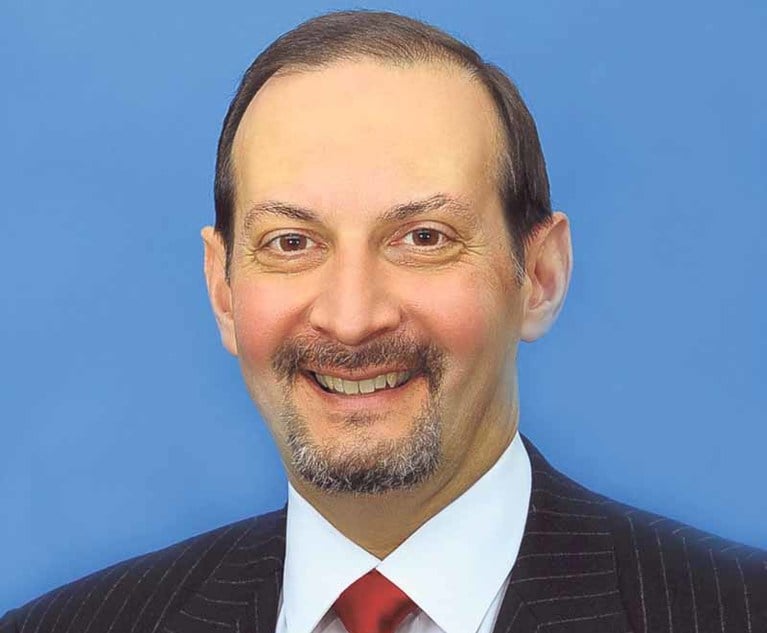Bags of cash. Luxury vehicles. Exotic travel. When we think of foreign bribery, and the prosecutions under the Foreign Corrupt Practices Act that attempt to control it, this is what comes to mind. But how does a U.S. enforcement agency ferret out evidence of these quintessential bribes when they take place across the world, buried in a web of subsidiaries and subcontractors, especially with a global pandemic curtailing investigative resources and abilities?
The answer is within the FCPA itself, as recent enforcement actions have highlighted. The best-known sections of the law concern these overt value transfers to government officials in exchange for a permit, construction green light, or other government benefit. But there are other, long less used, parts of the FCPA that bolster the government’s ability to control illegal payments. They are now getting the spotlight, thanks to some recent SEC and DOJ enforcement actions.
This content has been archived. It is available through our partners, LexisNexis® and Bloomberg Law.
To view this content, please continue to their sites.
Not a Lexis Subscriber?
Subscribe Now
Not a Bloomberg Law Subscriber?
Subscribe Now
LexisNexis® and Bloomberg Law are third party online distributors of the broad collection of current and archived versions of ALM's legal news publications. LexisNexis® and Bloomberg Law customers are able to access and use ALM's content, including content from the National Law Journal, The American Lawyer, Legaltech News, The New York Law Journal, and Corporate Counsel, as well as other sources of legal information.
For questions call 1-877-256-2472 or contact us at [email protected]


 Photo: Atstock Productions/Shutterstock.com
Photo: Atstock Productions/Shutterstock.com




